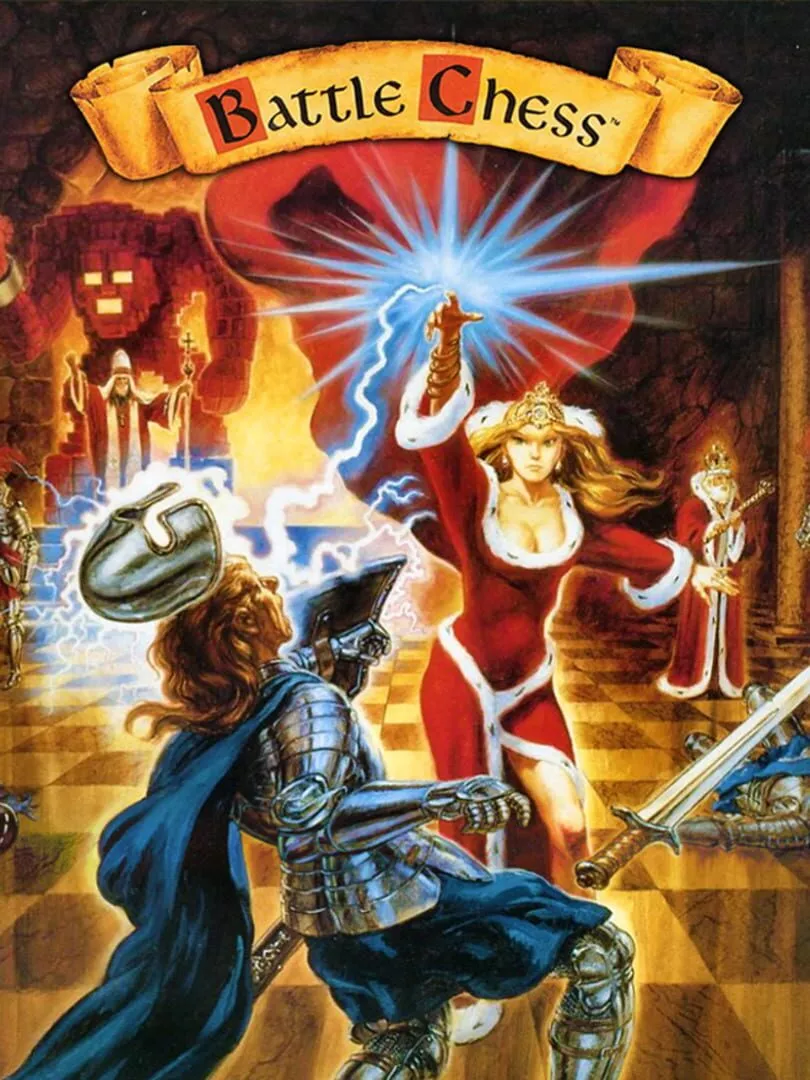
Battle Chess, a classic NES game, was developed by Interplay as their first project after ending their partnership with Electronic Arts. Originally designed for the Amiga in 1988, it was later released for various other systems in the late 1980s and early 1990s. This groundbreaking game went on to achieve widespread success, leading to two sequels, numerous copy-cat games, and even a remake for Steam on PC. Despite its popularity, Battle Chess did face one major criticism: its weak chess AI. However, it is important to note that during the 1980s, chess AI had not yet reached the advanced level it achieved in the mid-1990s when it consistently defeated strong opponents.
Battle Chess marked a significant milestone for Interplay, a game development company founded by Brian Fargo, Troy Worrell, and Jay Patel. Breaking away from Electronic Arts allowed Interplay to showcase their creative talents with this unique chess game. It boasted innovative graphics and animations that brought the chess pieces to life, making each move a visually captivating experience. The game was not limited to a single system, as it became available on platforms such as NES, Commodore Amiga, Atari ST, PC, and more.
The gameplay of Battle Chess was quite straightforward, providing a fresh twist to the traditional game of chess. Instead of just seeing chess pieces moving from one square to another, players witnessed actual animated battles between the pieces. Each move initiated a captivating and often humorous battle animation, bringing an entertaining element to chess. The unique animations enhanced the overall experience, making Battle Chess stand out from other chess games at the time.
Upon its release, Battle Chess quickly gained a dedicated fan base due to its engaging gameplay and visually appealing graphics. Players were fascinated by the humorous and sometimes unexpected interactions between the animated chess pieces. From the bold knight gracefully charging into battle to the sneaky bishop slyly capturing an opponent's piece, Battle Chess brought a new level of excitement to the traditional game.
Despite its revolutionary concept, Battle Chess did receive some criticism for its AI system. The chess AI in the game was not as advanced as it is in modern chess programs, which led to less challenging gameplay for experienced players. However, it is important to recognize that Battle Chess was developed during a time when AI technology was still in its early stages. The mid-1990s saw significant advancements in chess AI, where computers began consistently defeating strong human opponents. Nonetheless, Battle Chess offered a delightful experience for players of varying skill levels and provided an opportunity to enjoy chess in a new and entertaining way.
Due to its immense popularity, Battle Chess inspired the creation of several copy-cat games that attempted to replicate its success. These games incorporated similar animated battles and humorous interactions between chess pieces. However, Battle Chess remained the pioneer and standard-bearer for this unique genre of chess games, standing out as a beloved classic among chess enthusiasts.
In recent years, Battle Chess made a comeback with a remake for Steam on PC. The updated version preserved the charm of the original game while enhancing the graphics and animations to suit modern gaming standards. It allowed a new generation of players to experience the joy of Battle Chess and introduced the game to a wider audience.
In conclusion, Battle Chess for NES holds a special place in the hearts of gamers who grew up in the late 1980s and early 1990s. It not only innovated the genre of chess games but also captured the imagination of players with its captivating animations and humorous interactions between the chess pieces. Despite receiving criticism for its weak AI, Battle Chess remains a celebrated classic that introduced a new level of excitement to the traditional game of chess.